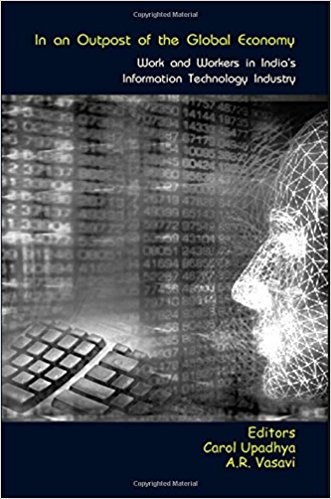One of the much noted achievements of India in the recent past has been its emergence as a leading player in the world market for software and IT enabled services. Apart from the tangible benefits, (eg. export earning and employment) it has also brought along with it substantial intangibles like the organizational and managerial innovations (Arora and Athreya 2002) and credibility which in turn contributed towards creating the imagery of an emerging India. No wonder, considerable research, both by scholars from within and outside India, has been undertaken not only to understand the different dimensions of this new phenomenon but also to explore the underlying factors. While some of the enquiries on underlying factors dealt inter alia with the role of state in the national innovation system perspective (Joseph 2002, 2006) others highlighted the role of market (Arora et al 2001).
Being a skill and knowledge intensive sector, the role of human capital has been the common factor in almost all the studies. Scholars also highlighted the plausible adverse impact of an exogenously driven IT boom that included the ‘resource movement effect’ and its adverse consequences on other sectors competing for the skilled manpower (Joseph and Harilal 2001). Thus viewed human capital and skill factor have been almost at the centre of most inquiries on India’s IT software and service boom. Yet there remain a number of issues that do not seem to have received the attention that they deserve from scholars. The volume under review has been an attempt towards addressing some such issues.
The book is an outcome of an international conference held at the National Institute of Advanced Studies (NIAS), Bangalore as part of a research project on Indian IT professionals in India and the Netherlands. The specific issues addressed by the volume included: what is the organizational and work structures that have been evolved? Are they culturally distinctive or simple replication from their western clients/parents? Has this new industry brought any new work culture and if so what are their implications? What are the characteristics of the industry? How does the practice of working virtually in the global economy affect life and work? Has this emerging industry been able to accommodate the cross section of India’s population? Or has it only reinforced existing class, caste, gender divisions? The articles in this volume by providing answers to the issues raised above have provided valuable inputs for those dealing with policy making and practice at the firm and industry levels and also for all others concerned with software and ITES industry in India and elsewhere.

